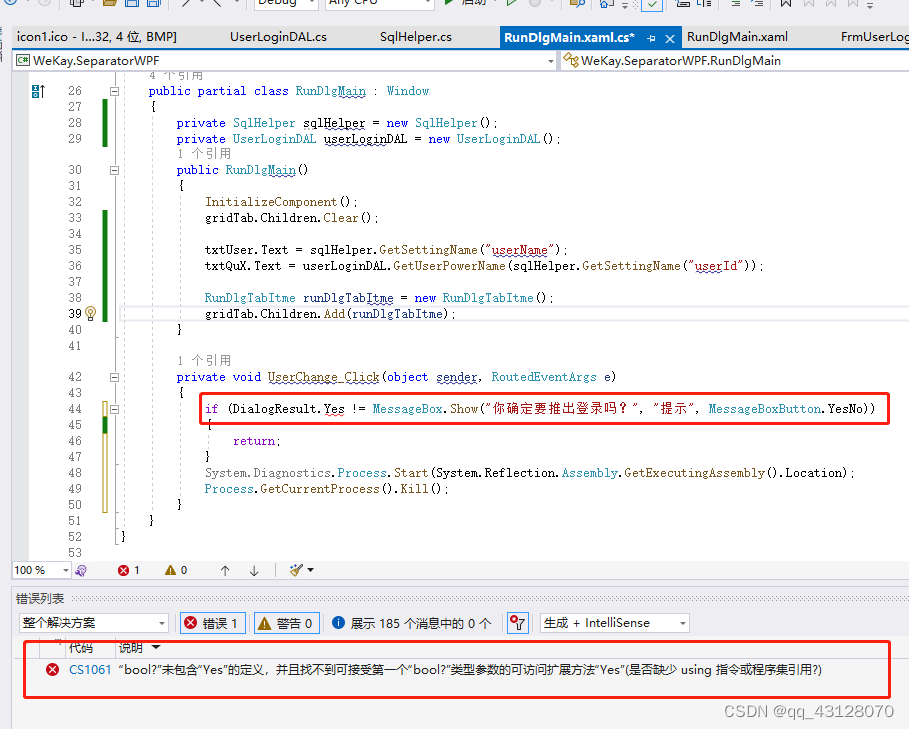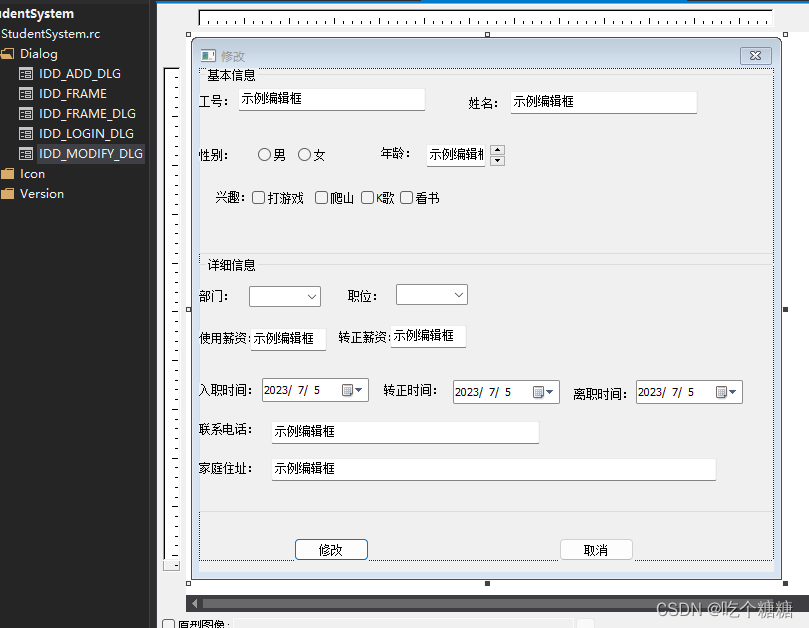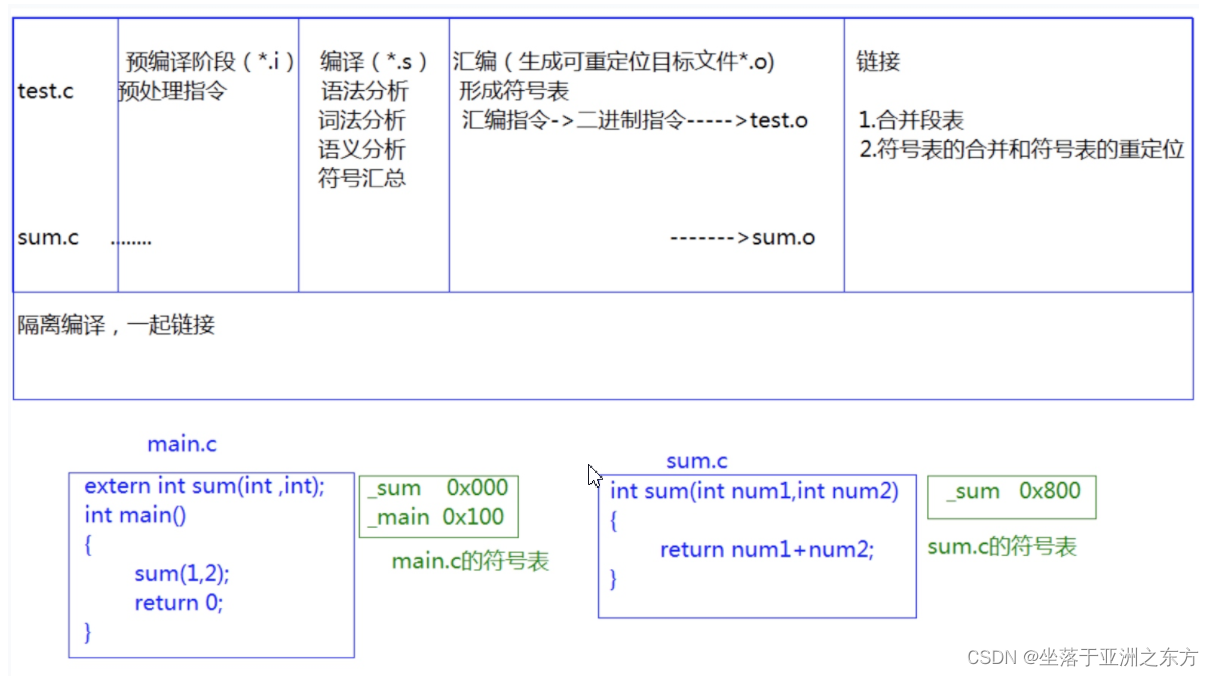简介:JavaScript中的数组方法,可以帮助我们操作数组中的元素,以及对数组进行排序和过滤等操作;最近有用到substring和fill方法,这里来记录一下。
一. substring 方法:
substring 方法用于从一个字符串中提取指定位置的子字符串。它接受两个参数,即起始索引和结束索引(可选)。返回的子字符串包括起始索引处的字符,但不包括结束索引处的字符。
语法:
string.substring(startIndex, endIndex)
参数:
- startIndex :要提取子字符串的起始索引。
- endIndex (可选):要提取子字符串的结束索引(不包含在内)。
示例:
const str = "Hello, World!";
const subStr1 = str.substring(7);
// 从索引7开始提取子字符串 console.log(subStr1);
// 输出 "World!"
const subStr2 = str.substring(0, 5);
// 从索引0到4(不包含5)提取子字符串 console.log(subStr2);
// 输出 "Hello"上述示例展示了如何使用 substring 方法从一个字符串中提取子字符串。第一个示例从索引7开始提取子字符串,而第二个示例从索引0到4(不包含5)提取子字符串。
二. fill 方法:
1、fill 方法用于将数组中的所有元素替换为指定的值。它接受三个参数,即要填充的值、起始索引(可选)和结束索引(可选)。
语法:
array.fill(value, startIndex, endIndex)参数:
- value :要填充到数组中的值。
- startIndex (可选):要开始填充的起始索引,默认为0。
- endIndex (可选):要结束填充的结束索引(不包含在内),默认为数组的长度。
示例:
const array = [1, 2, 3, 4, 5];
array.fill(0);
// 将数组中的所有元素替换为0 console.log(array);
// 输出 [0, 0, 0, 0, 0]
const array2 = [1, 2, 3, 4, 5];
array2.fill(0, 1, 3);
// 将索引1到2(不包含2)的元素替换为0 console.log(array2);
// 输出 [1, 0, 0, 4, 5]上述示例展示了如何使用 fill 方法将数组中的元素替换为指定的值。第一个示例将数组中的所有元素替换为0,而第二个示例将索引1到2(不包含2)的元素替换为0。
2、这边使用fill方法来举个应用实例,使用数组的fill和forEach方法,来获取一天的24小时:
function getDayHour() {
let timeArray = new Array(24).fill("");
timeArray.forEach((item, index) => {
timeArray[index] = (index < 10 ? '0' + index : index) + ':00'
});
return timeArray;
}
let hourList = getDayHour();
console.log(hourList);控制台输出:

在vue中的应用:
//定义数据
data() {
return {
hourList: ""
};
},
//定义方法
methods: {
defineDayTime() {
this.hourList = new Array(24).fill("");
this.hourList.forEach((item, index) => {
this.hourList[index] = (index < 10 ? "0" + index : index) + ":00"
})
},
},
//调用
created() {
this.defineDayTime();
},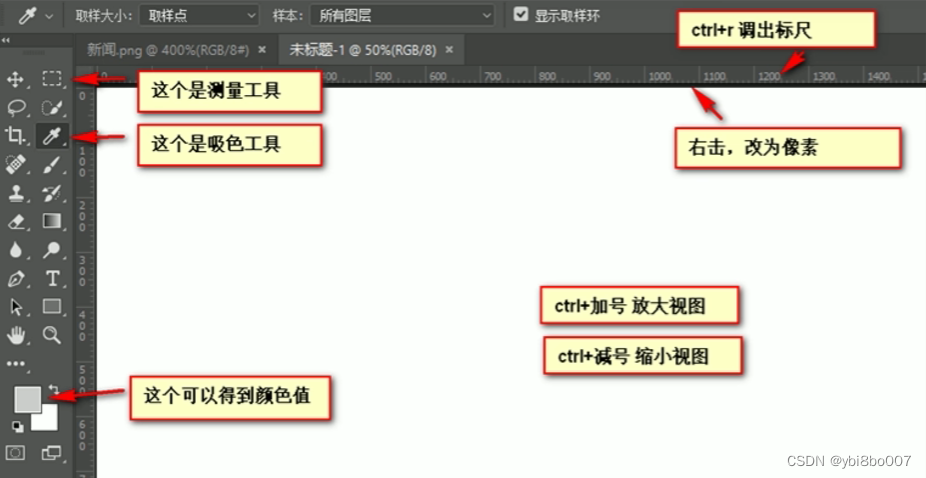

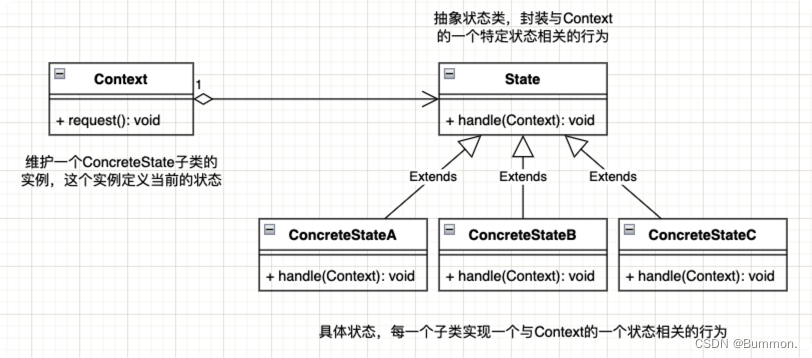

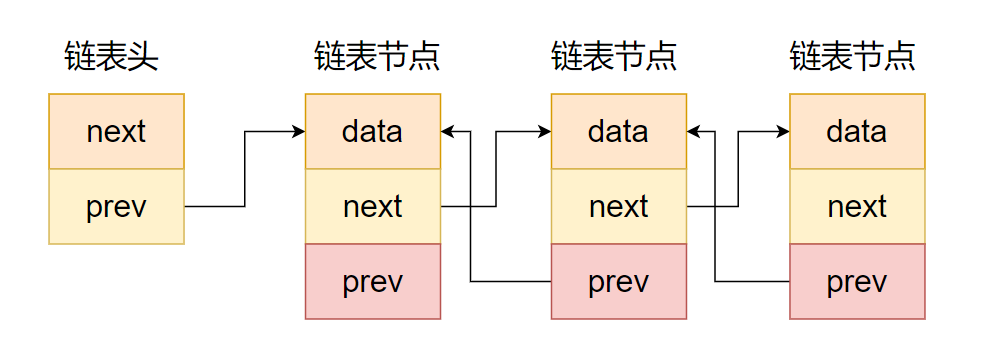

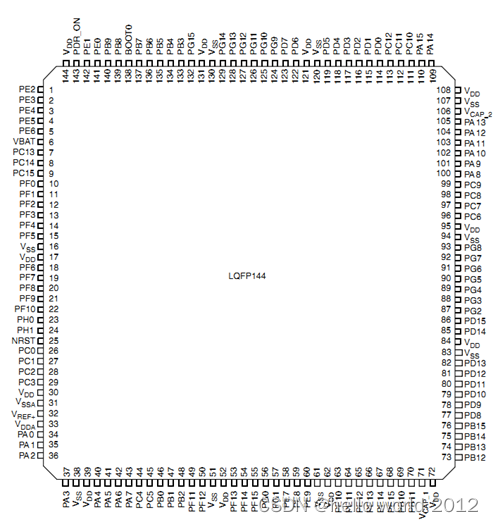
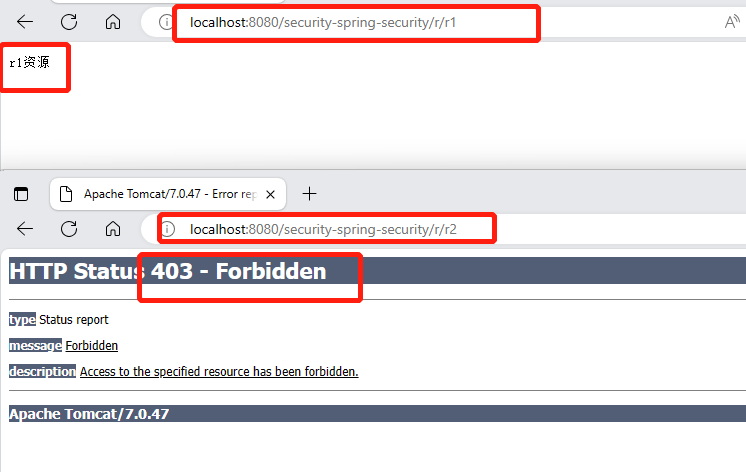
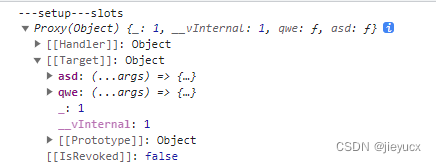


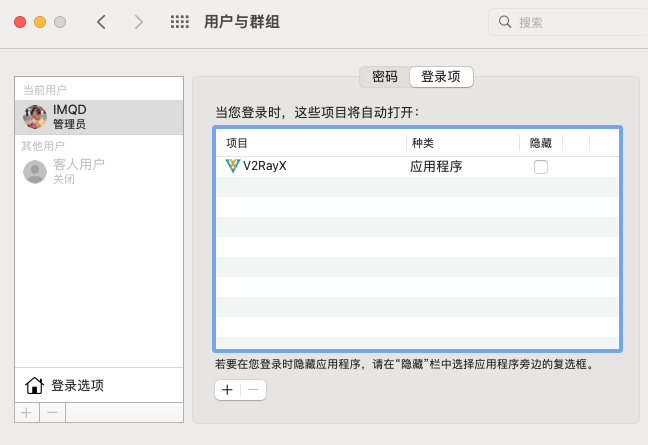
![[管理与领导-6]:新任管理第1课:管理转身--从技术业务走向管理,角色的转变](https://img-blog.csdnimg.cn/img_convert/364b007896c005ee6aea73fa07841108.jpeg)


